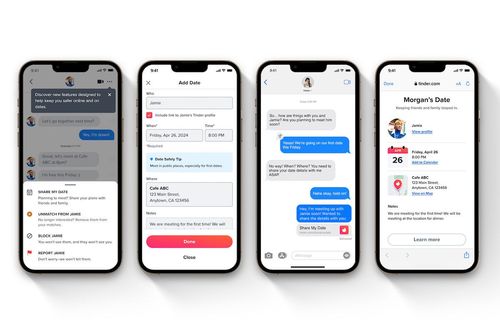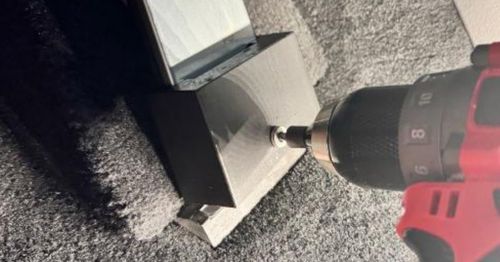How Nintendo crafted the uniqueness of Super Mario Bros. Wonder
Director Shiro Mouri and producer Takashi Tezuka delve into the creative odyssey behind Super Mario Bros. Wonder, a title that reshapes the boundaries of the iconic franchise with its most unconventional concepts to date. In this iteration, players are whisked away on a journey filled with surreal surprises, from encountering a chorus of Piranha Plants to witnessing Mario's transformation into a sentient goo. The game's inventive spirit was so ambitious that Mouri initially doubted its feasibility. "The notion of introducing a unique wonder effect for every level seemed ludicrous at first. I was convinced it was an impossible feat," he shared with The Verge, reflecting on the project's early days of conception.
The genesis of these ideas unfolded within Nintendo's Kyoto office, where the development team amassed a staggering pool of around 2,000 potential powers for Mario, each one captured on sticky notes and displayed for all to see. Tezuka, a veteran of the series, highlighted the extensive brainstorming sessions and the freedom to imagine without limits. Notably, Koji Kondo, the legendary composer behind Mario and Zelda's memorable soundtracks, proposed a power-up that would morph Mario into a life-sized, live-action version of himself, showcasing the team's willingness to explore every avenue.
The challenge then became sifting through the plethora of ideas to find those that genuinely enhanced the gameplay, ensuring each wonder effect created a meaningful connection and impact. Aesthetic-only concepts, including Mouri's own pixelated Mario idea, were ultimately dismissed in favor of more gameplay-centric innovations.
The refining process led to the development of playable prototypes, crafted through collaborative efforts across art, design, and sound teams. "This iterative process of sharing, discussing, and enhancing initial ideas was crucial," Tezuka explained, emphasizing that the best concepts emerged from this dynamic exchange. Some ideas, though initially promising, were pruned during this phase, while others evolved significantly from their original premise.
The essence of Super Mario Bros. Wonder lies in its bold reimagining of series staples, offering a more open map, customizable badges for player-specific modifications, and dynamic environmental features. Tezuka and his team scrutinized every traditional element, from the 1-up system to the reliance on stable gravity, to create a game that simultaneously respects and reinvents the Mario formula. This approach, coupled with the intent to constantly challenge and delight players, reaffirms the franchise's enduring appeal and seemingly limitless potential for innovation. Mouri's outlook on the boundlessness of creativity within the Super Mario universe is a testament to the team's dedication to fun, engaging gameplay, "I don’t believe there’s a ceiling to how bizarre we can go, as long as it remains enjoyable to play," he concluded.
 Why Meta is looking to the fediverse as the future for social media
Why Meta is looking to the fediverse as the future for social media Microsoft’s Surface and Xbox hardware revenues take a big hit in Q3
Microsoft’s Surface and Xbox hardware revenues take a big hit in Q3 Augment, a competitor of GitHub Copilot and backed by Eric Schmidt, emerges from stealth mode with a launch of $252 million
Augment, a competitor of GitHub Copilot and backed by Eric Schmidt, emerges from stealth mode with a launch of $252 million IBM advances further into hybrid cloud management with its $6.4 billion acquisition of HashiCorp
IBM advances further into hybrid cloud management with its $6.4 billion acquisition of HashiCorp Perplexity is raising over $250 million at a valuation of between $2.5 billion and $3 billion for its AI search platform, according to sources.
Perplexity is raising over $250 million at a valuation of between $2.5 billion and $3 billion for its AI search platform, according to sources. Apple announces May 7 event for new iPads
Apple announces May 7 event for new iPads Gurman: iOS 18 AI features to be powered by entirely On-Device LLM, offering privacy and speed benefits
Gurman: iOS 18 AI features to be powered by entirely On-Device LLM, offering privacy and speed benefits Meta aims to become the Microsoft of headsets
Meta aims to become the Microsoft of headsets Tinder introduces a 'Share My Date' feature allowing users to share their date plans with interested friends
Tinder introduces a 'Share My Date' feature allowing users to share their date plans with interested friends This is Tesla's effective solution for the recalled Cybertruck accelerator pedals
This is Tesla's effective solution for the recalled Cybertruck accelerator pedals
